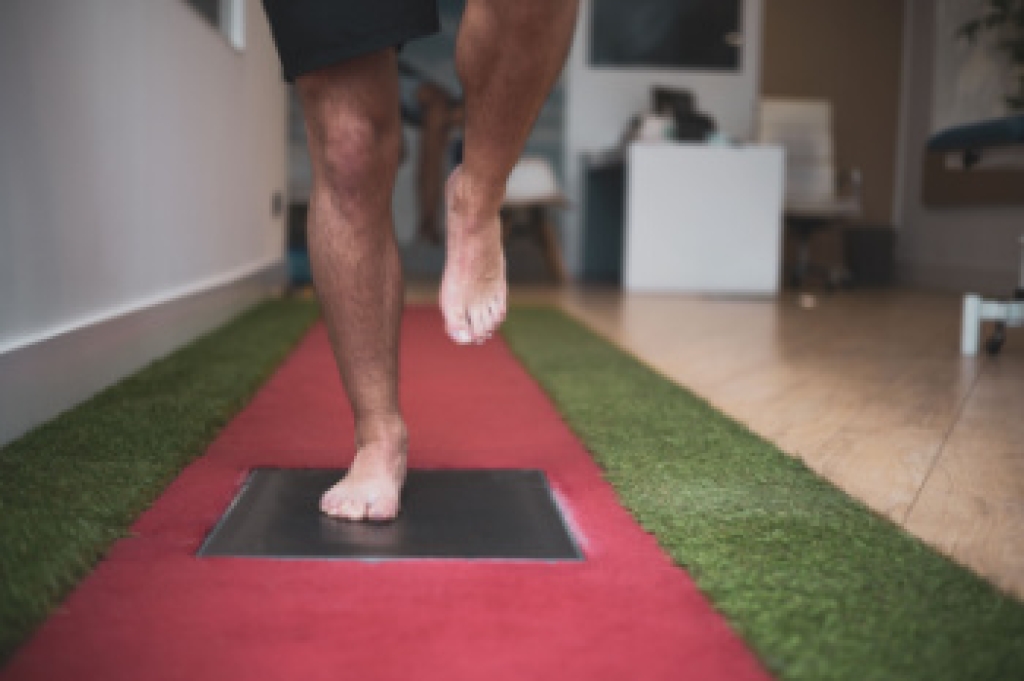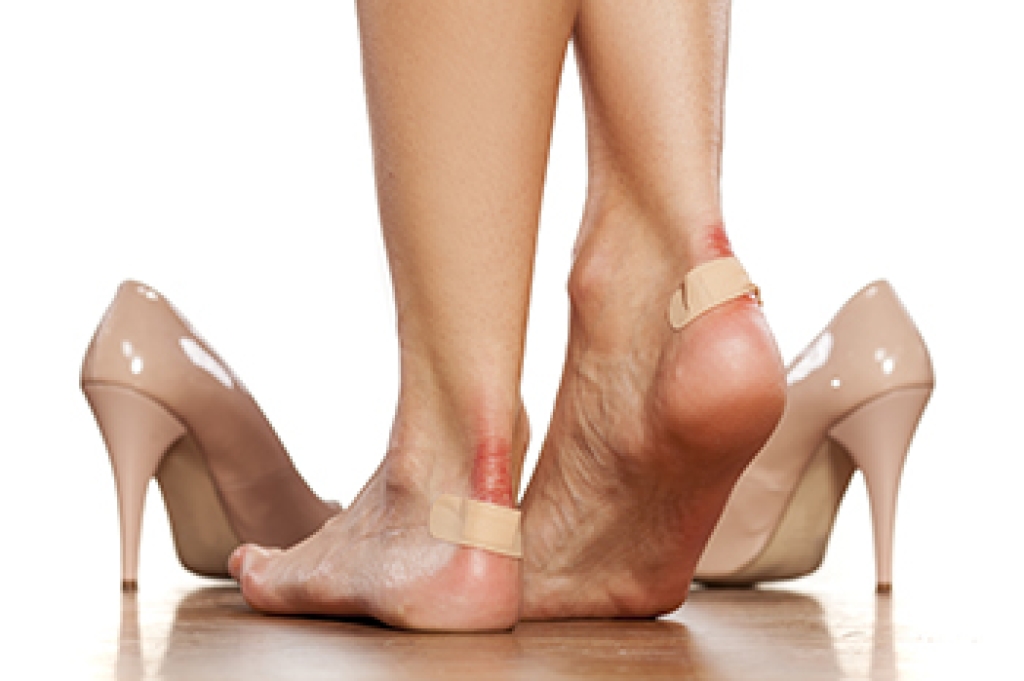
Toenail fungus, medically known as onychomycosis, often results in nails becoming brittle, thickened, and discolored to a whitish-yellow or brown. This condition frequently affects nails on the big toes and may lead to the nail separating from the nail bed if left untreated. A fungal toenail typically starts at the front or side edge of the nail and is caused by dermatophytes, though yeast or mold can occasionally be involved. Risk factors include athlete’s foot, wearing tight shoes, nail damage, and poor circulation. Toenail fungus is more common among older adults and anyone with a weakened immune system. Because fungal toenail infections rarely resolve on their own, seeing a podiatrist is often necessary. This foot doctor can offer treatments such as topical medication, oral antifungal pills, or laser therapy to target the infection. It may even take a combination of treatments, depending on the severity and type of fungus involved. If you believe you have a fungal toenail infection, it is suggested that you schedule an appointment with a podiatrist for an exam and treatment options.
If left untreated, toenail fungus may spread to other toenails, skin, or even fingernails. If you suspect you have toenail fungus it is important to seek treatment right away. For more information about treatment, contact one of our podiatrists of Graff Foot, Ankle and Wound Care. Our doctors can provide the care you need to keep you pain-free and on your feet.
Symptoms
- Warped or oddly shaped nails
- Yellowish nails
- Loose/separated nail
- Buildup of bits and pieces of nail fragments under the nail
- Brittle, broken, thickened nail
Treatment
If self-care strategies and over-the-counter medications does not help your fungus, your podiatrist may give you a prescription drug instead. Even if you find relief from your toenail fungus symptoms, you may experience a repeat infection in the future.
Prevention
In order to prevent getting toenail fungus in the future, you should always make sure to wash your feet with soap and water. After washing, it is important to dry your feet thoroughly especially in between the toes. When trimming your toenails, be sure to trim straight across instead of in a rounded shape. It is crucial not to cover up discolored nails with nail polish because that will prevent your nail from being able to “breathe”.
In some cases, surgical procedure may be needed to remove the toenail fungus. Consult with your podiatrist about the best treatment options for your case of toenail fungus.
If you have any questions please contact our offices located in Plano, Dallas, Prosper, Allen, Garland, Frisco, and Coppell, TX . We offer the newest diagnostic and treatment technologies for all your foot and ankle needs.




